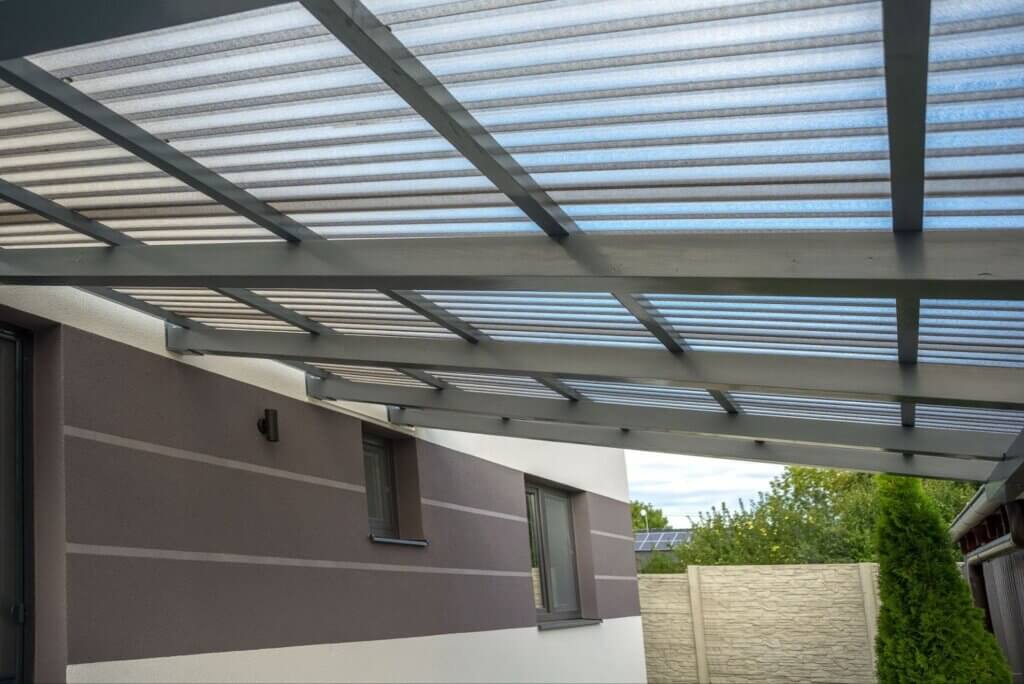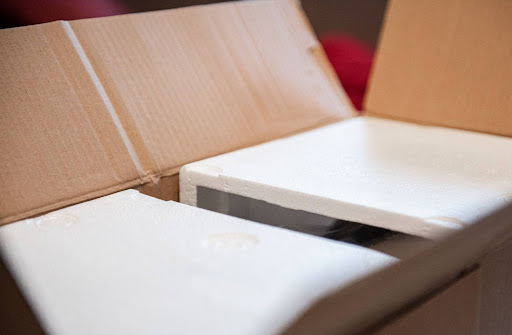Whether you’re a DIYer or designer, a craftsman or a maker, you’ve probably heard of Glowforge®. If not, it’s a machine that can cut, engrave, and print on a wide variety of materials, such as leather, wood, and acrylic. Technically, the Glowforge® is a CNC laser cutter engraver, but the company refers to it as a 3D laser printer. Whatever you want to call it, you can use it to create custom signs and designs, jewelry, accessories, home goods, personalized items, artwork, furniture, and much more. The machine is similar to a Cricut (the Cricut uses metal blades to cut, whereas the Glowforge® uses a laser). That laser can handle thicker materials making it more accommodating for crafters and professionals alike. Both machines use the SVG file format to print but make sure any downloadable files used are labeled for the Glowforge® or as a “laser ready SVG file” when searching for Glowforge® project ideas. Being able to create hundreds of projects from hundreds of materials makes this machine limited only by your imagination. Here are just a few Glowforge® project ideas to give you an idea of what it can do.
Continue reading 5 Creative Glowforge Project Ideas















